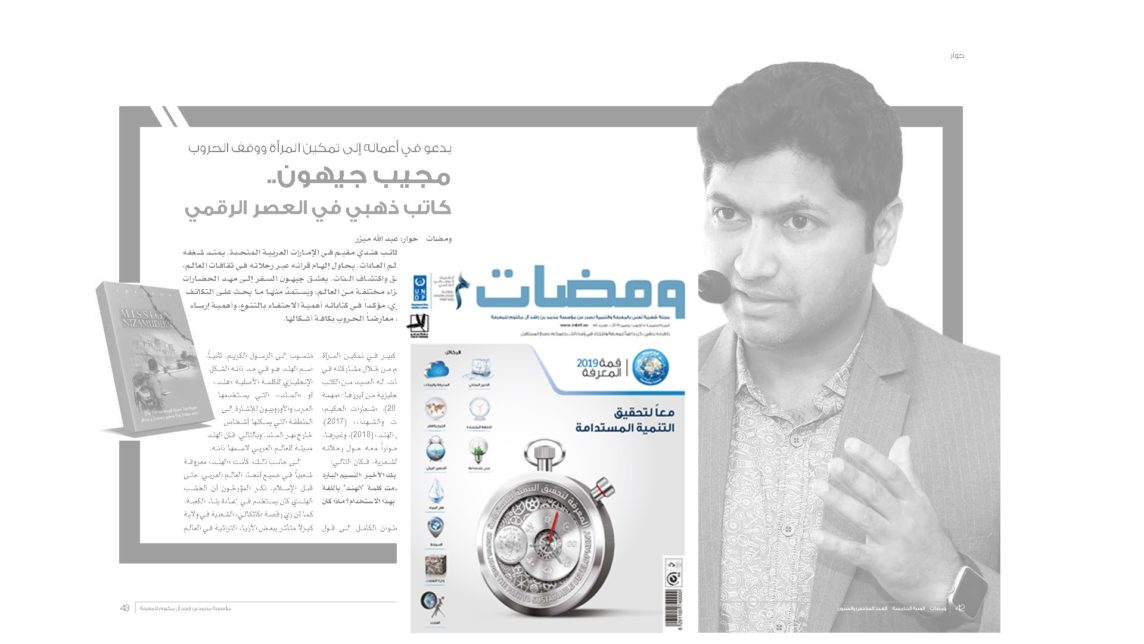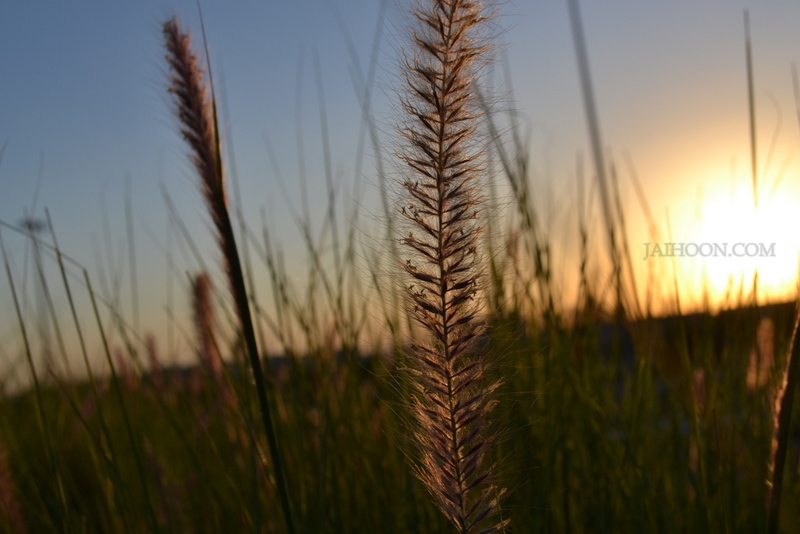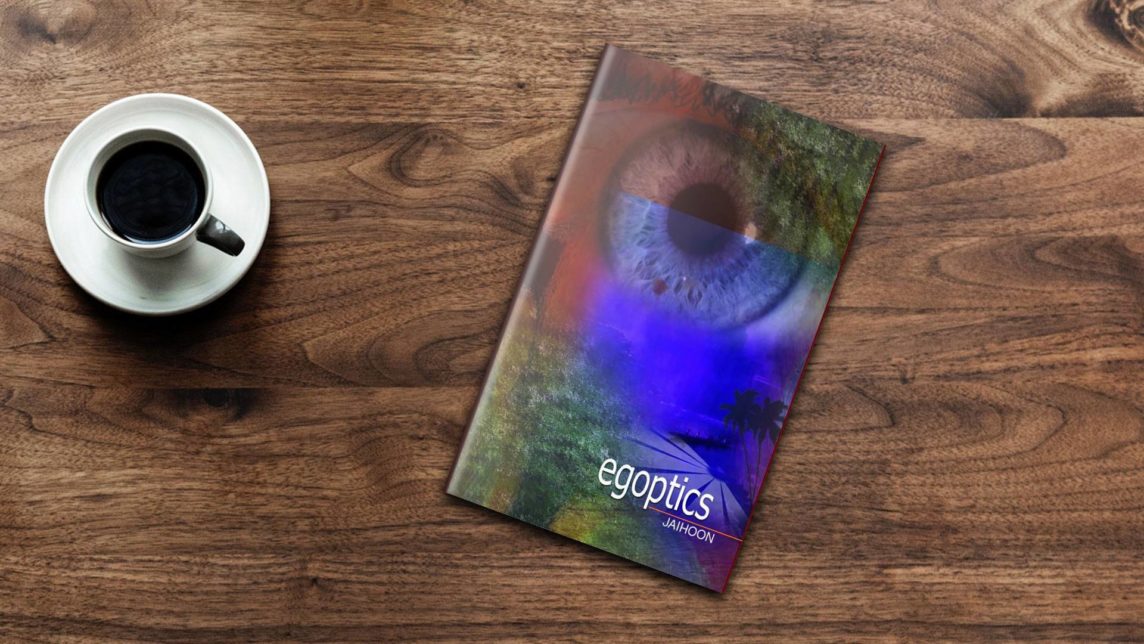The Nov. issue of Wamadat, the Arabic magazine of Mohammed Bin Rashid Al Maktoum Foundation (MBRF), features the creative journey of Mujeeb Jaihoon
شمعة نور في حالك الظلام
نعى إلى أخي وقال توفى الاستاذ / كي تي مانو مسليار من بين أظهر اتباعه قبل استفتاح الحفلة الذهبية للجمعية التي هو ابن بجدتها فتغمد الله الفقيد بواسع رحمته وأسكنه وزملاءه فسيح جناته ولم تحظ وفاته كما كان يرجو بتغطية الإعلامات. وما يدهشني نجاحه الخارق في صقل الأمة المسلمة في كيرالا في مجال التربية الاسلامية خصوصا أهل وطنه … Abdul Gafoor Hudawi’s memoir on Manu Musliyar
نطاق المصرفية الاسلامية في كيرالا، نظرة اجتماعية
مرة هبط (UFO) جسم طائر غير معروف في مدينة كاليكوت، وخرج الأجانب منه و الذين كانوا في السفينة الفضائية وبدؤوا يتجولون في أحياءها وشوارعها وفي قرى مدينة مليبار هذه، واتصلوا بمقرهم في المريخ وأبلغوا تقريرا سلبيا عن هذه المدينة. .
يبدو أنهم كانوا يخططون تركيب محطة الترحيل للمقطني الأرض حتى يتمكنوا الاتصال بكوكبهم. غير أنه منعهم اختيار مدينة كاليكوت للأسباب التالية.
New Models of Islamic Education in Kerala
BY ZUBAIR HUDAWI *
www.southasianoutlook.comdar
The religious education system of Mappila Muslims, who make up almost a quarter of Kerala population, needs a separate and profound study that will shed light on various unique features of the system and on how it differs from the Islamic education system prevalent elsewhere in India. The origins and development of the Mappila Muslim community on the Southern coasts of India can be traced to the very first century of Islamic calendar, according to the most popular historic view. And as Muslims give great importance on passing the Islamic values and morals through generations and to facilitate the dissemination and reproduction of religious knowledge, Mappilas of Kerala also developed various systems of education throughout their historical evolution.
It is evident that Mappilas had moved ahead in the past along with the changes in the educational trends of international Muslim community, but with adjustments and accommodations needed in the cultural atmosphere they lived in. An analysis of their pre-20th century history shows that they had developed three kinds of educational systems to impart education at primary, higher and mass levels. Othupallies, better translated as Maktabs or writing schools, served as the schools of primary education teaching the children all the preliminary knowledge about Islam that is compulsory for every individual to know, with a special emphasis on Qur’an recitation. ‘Palli Darses’ or mosque-colleges served as knowledge centres producing religious scholars who could lead the community, teach its next generation and maintain the intellectual tradition intact. ‘Palli’ is the local word for Muslim mosques and Christian Churches, whereas Dars comes from one of the Arabic word for teaching and learning.
Kerala has a long tradition of higher religious schools held in mosques, and the system still prevails with a string of modifications needed in the modern world. Systematic wa’az programmes, which lasted sometimes to weeks and months and which facilitated detailed oral teaching of various noted religious texts on a host of subjects, served as an effective setup for mass education.
The inspiring roles of many outstanding personalities, who emerged from among Sayyed families, the scholar community or ulema and Sufi missionaries, behind these ventures cannot be denied. It is significant that there has always been a healthy relation among these three strata of leadership, and Kerala Muslims always mention the phrase ‘Ulama-Umara collaboration’ as the chief factor behind all kind of advancement among them. Almost all of the Sufi sheikhs were eminent scholars well-versed in Shari’a, and almost all major ulema since the early period, including those in Makhdoom family of Ponnani, had joined one or other of the Sufi orders. Besides, many Sayyid families who migrated to Kerala from various religious centres like Hadhramaut and Bukhara, were involved in religious teaching as well as in propagation of various Sufi orders. One can assume that all these factors prevented, to a certain extent, the spread of un-Islamic forms of popular Sufism among Kerala Muslims.
Just like other communities, Mappila Muslims had also faced the waves of modernisation trends with the onset of 20th century. The emergence of reformist ideologies, the transformation of the community leadership from the hand of individuals to that of organisations based on various ideologies, and increased efforts for adoption of secular Western education changed the facets of Mappila education in the first half of last century. Most of these educational developments took place with the direct involvement or guidance of various organisations, who worked out various educational systems to disseminate both religious and secular knowledge among the community. The effectiveness of these systems as well as their role in dissemination and reproduction of religious knowledge still need an analytical cum evaluative study.
Contribution of Samastha Kerala Jam’eyyat ul-Ulama Religious education was at stake when calls for ‘modernisation’ turned the attention of community leaders towards secular education, often at the expense of religious learning. However, the Samastha Kerala Jam’eyyat ul-Ulama, the platform of traditional religious scholars whose academic tradition and inheritance go back to Makhdoom scholar family of Ponnani and which represents the majority Sunni community of Kerala Muslims, focused their attention on defending the system of traditional religious education and worked hard for its progress. This organisation of traditional Ulama did not get actively involved in secular education, but adopted an ideal religious education system that allowed all Muslim boys and girls to have their regular schooling as well along with religious studies.
The Samastha’s educational board today runs a systematic primary education programme that has more than eight thousand Madrasas under it. This system of Madrasa education, in which a Muslim child can have 12-year religious education without hampering her or his regular schooling, has spread to all Kerala districts and to various Indian states and foreign countries where Muslim Malayalees live. There are other Muslim organisations in Kerala that also run many such primary Madrasas under s centralized system, but the Samastha has reached far ahead of them all. It was the first to respond when the government banned public schools from providing religious education just after Independence by calling on the community to set up Madrasas in every village where Muslims live. While many Muslim communities elsewhere in India and abroad had to choose either secular or religious ways of education, resulting either in alienation from one or the other or complete assimilation with the non-Islamic cultures and communities, this system facilitated the harmonious integration and co-existence of Mappilas with non-Muslims along with keeping their Islamic identity and culture intact. Mapilla students study Islam in part-time Madrasas in the morning or evening and have their regular schooling at the same time, thus being able to mingle with students from other communities. Muslim-managed organisations also later set up boarding Madrasas, orphanages, integrated public schools, etc..
Dar ul-Huda Islamic Academy, A New Experiment in Religious Higher Education While the Samastha facilitated the integration of religious and secular education at the primary level, it continued its view of the secular-religious dichotomy at the higher levels until the 1970s. Students had to select between the two for higher studies after having had both at primary levels from Madrasa and schools. Parents who wanted to make their children religious scholars sent them to Sharia colleges where the learning was limited to various traditional religious subjects. Its result was incompetence of religious graduates and their inability to cope with modern trends and the failure of secularly-educated to carry forward their religious ethos. In the 1970s, scholars of the Samastha started responding to this issue by adopting various innovations and trying to effectively synthesise both streams of knowledge.
An outstanding figure who gave an ideological base and intellectual perspective to this process of change was the late MM Basheer Musliyar Al-Baqawi (1929-1987). (Musliyar is the local word to denote a traditional religious scholar). His foresightedness was instrumental in various educational innovations that occurred among the Sunni community of Kerala in the last quarter of the 20th century. He spoke of an educational philosophy aimed at reproducing the philosopher-scientist scholars who lived in the golden period of Islamic medieval history. He called for reforming the curriculum and syllabus of the higher centres of Islamic learning by taking lessons from outstanding Islamic personalities came in the past. He argued that the prevailing system of Islamic education was very narrow, and emphasised the need of preparing a more inclusive syllabus that would enable the progress of humanity in all fields. He called on Islamic colleges to introduce many subjects that are Fard kifayah (community religious obligation) like health sciences, professional and technical subjects. In 1970s, Basheer Musliyar al-Baqawi initiated many attempts to innovate the Darses in the mosques. He tried hard to implement his vision of ‘Model Darses’ which was aimed at a fresh and live approach towards every subject taught in the Darses along with teaching languages of English and Urdu. His point was that the Dars graduates, the future scholarly leaders of the community, should not be left behind and they should be equally aware of modern trends and subjects and be able to relate it with Islamic perspectives. However, the attempts did not yield the needed results. In 1972, Basheer Musliyar joined the Rahmaniya Arabic College at Kadameri of Calicut District, where he implemented many outstanding and attractive innovations. Rahmaniyya was the premier traditional Muslim college in Kerala that started the teaching of Arabic, English and Urdu languages and social subjects along with religious subjects.
When he saw that he could not bring the innovations and reforms in the way he desired, Basheer Musliyar thought of a separate institution where he could effectively and practically synthesise religious and secular subjects, keeping in mind the changes of the modern world. His intention of producing scholars capable of propagating Islam in the modern world impressed two other great personalities—CH Hyderus Musliyar and Dr. U Bapputty Haji—and attracted support from a host of community well-wishers, though it also drew a number of critics. The three worked hard to materialise their dream and succeeded in the establishment of Dar ul-Huda Islamic Academy in 1986 at Chemmad, in Kerala’s Muslim majority district of Malappuram.
Dar ul-Huda offers a 12-year course that integrates religious education with important secular subjects. During the first 12 years of its running, each year Darul Huda admitted 80 students out of hundreds of applicants in the age group of 10-11, who had completed the fifth standard in both madrasa and school, on the basis of oral and written tests. The 12-year course has been divided into four stages – a 2-year Preparatory course, a 4-year Secondary course, a 4-year Degree course and a 2-year PG course. The syllabus includes religious subjects such as Quran, Tajweed, Hadith, Usul ul-Hadith, Fiqh, Usul ul-Fiqh, Aqeeda, Tasawwuf, Nahvu, Sarf, Mantiq, Balagha and Comparative studies of various religions, as well as secular subjects like Maths, Social Sciences, History, Physics, Chemistry, Biology. In addition to this, Arabic, Urdu, English and Malayalam are taught. Facilities for extra curricular activities like debates, discussions, oratory training, computer studies and sports are also provided. The institution follows selected text books of both Kerala State and CBSE syllabuses for its teaching of secular subjects until the secondary level. When the student completes 18 year of his age, i.e. when he reaches the 8th class of the system, Darul Huda makes it mandatory for him to appear for the entrance tests of various universities offering degrees in social science subjects and languages under their Open University Systems. Students generally opts for subjects like Sociology, Political Science, English, Malayalam, Economics etc. for their degree, and the Dar ul-Huda facilitates the study of these subjects inside the institution by appointing separate teachers and allocating sufficient time. Simultaneously, students carry on their study of religious texts and subjects. Once the student graduates from institution they have degrees of both Islamic and secular higher educational institutions.
Although the success of the Dar ul-Huda is still to be assessed and evaluated, it is clear that it adopts a very novel approach and appears to have fared comparatively well.. At a time when there was a feeling that religious education was the choice of poor students or of those less talented, under-skilled and ‘good for nothing else’ children, the Dar ul-Huda catered particularly to bright students irrespective of their background, and selected limited students purely on the basis of merit after conducting tough written and oral examinations. The founders of the institution stressed that religious propagation was done by prophets who are supposed to be the most clever and brilliant in the community, and the religious scholars who are their successors should be the most brilliant among their community, too.
The Dar ul-Huda sees itself as imparting good education in secular subjects not for its students to get a government job and or to produce Muslim professionals and technicians. Instead, the aim is to produce pure Islamic scholars who have a clear idea of the modern world, its trends and ideologies. Interestingly, the institution has evoked great interest among a large number of Mappila Muslims and soon many very rich or highly educated families started vying for admissions for their children therein. As a result, several trusts and committees in different parts of Kerala have started affiliated institutions that adopt the same syllabus as the Dar ul-Huda and receive academic assistance from it. The Dar ul-Huda has now expanded into something like a university chain, having around 20 colleges following the same syllabus under a co-ordination committee.
In addition to this, Darul Huda runs a special 10-year course in its campus to cater to the needs of Urdu-medium students, who generally hail from the neighbouring states of Tamil Nadu, Karnataka and Andra Pradesh as well as Maharashtra and from some north Indian states as well. It has started an affiliated Urdu-medium college in Mumbai, and the Dar ul-Huda’s alumni are in the process of setting up a modern Islamic higher learning centre in Chittoor, in Andhra Pradesh.
The Dar ul -Huda also runs a separate section for Quran memorization, in which the students are admitted at the age of seven, and once they complete the memorization process they continue the 12-year course of the institution.
After producing 12 batches of students now, the Dar ul-Huda now urgently needs to review its performance. Being given a balanced and sound education, many graduates of the institution have been able to secure well-paid jobs at home and abroad in various fields. However, the institution needs to closely examine the role of its graduates in contributing to the intellectual development of the Muslim community and enabling it to meet contemporary challenges.
Zubair Hudawi, a graduate of the Dar ul-Huda, is presently a Ph.D. student at the Jawaharlal Nehru University, New Delhi. He can be contacted on zubyjnu@gmail.com




